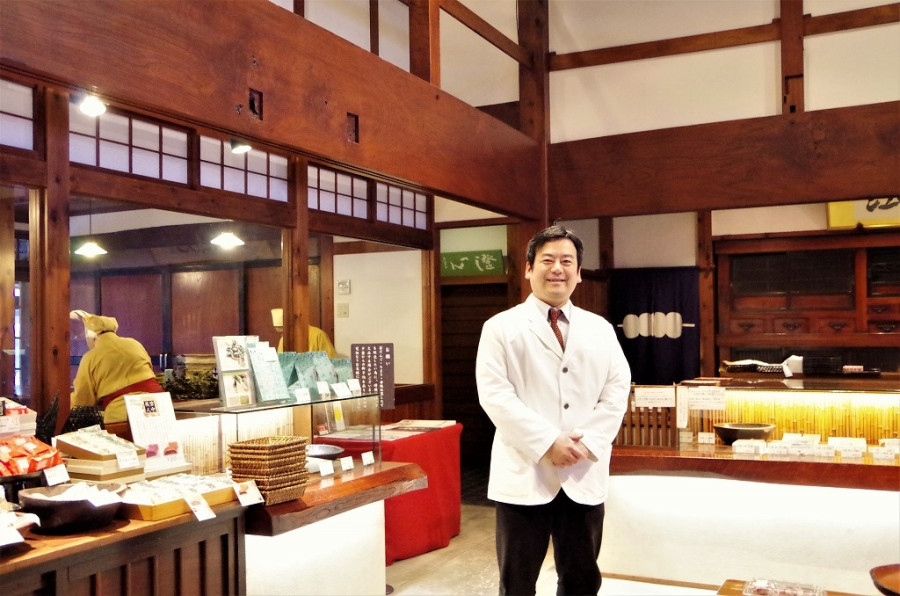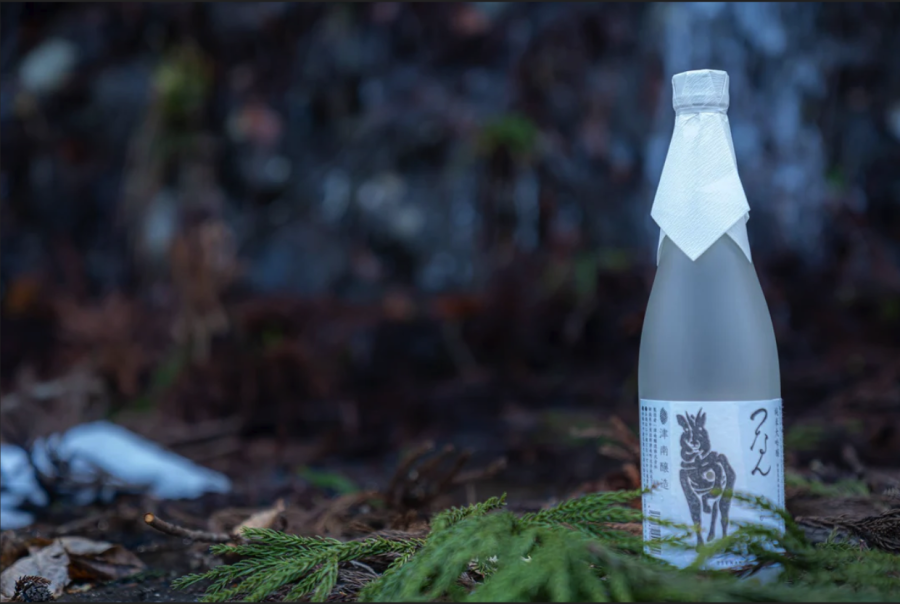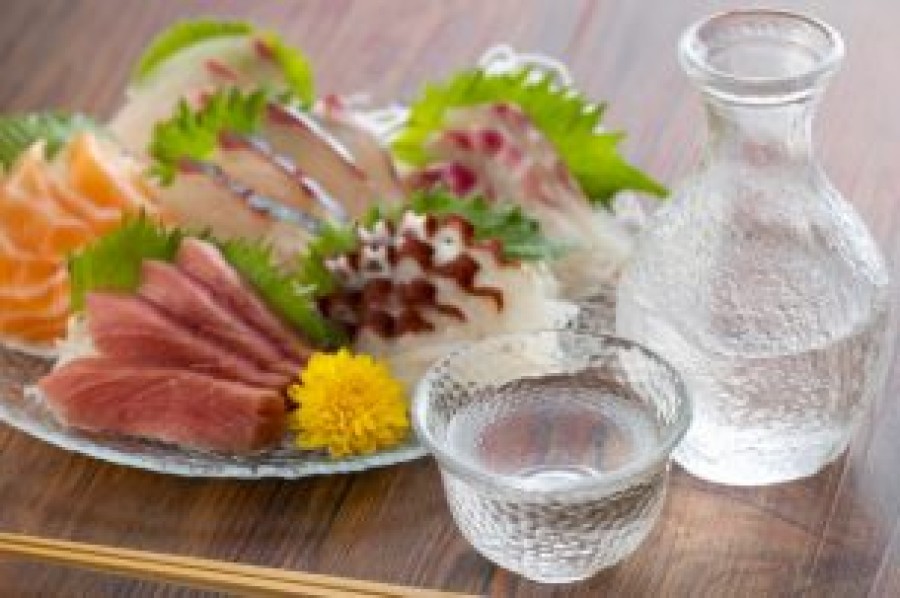There are many varieties of rice, such as Koshihikari, Akita Komachi and Tsuyahime. In the same way, did you know that there are different varieties of glutinous rice? Of course, like rice, glutinous rice tastes different depending on the variety. Currently, a variety called Kogane-mochi is grown in Niigata Prefecture. Kogane Mochi was created in 1956, more than half a century ago. Although it is an old variety, it still enjoys a reputation as the best glutinous rice.
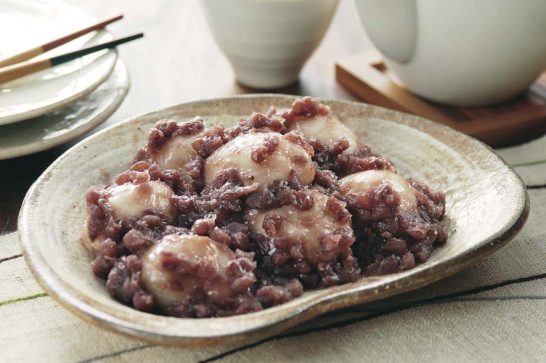
'Phantom glutinous rice' that remained in the memories of local residents.
In the 1950s, when Kogane Mochi began to spread in Niigata Prefecture, there was a type of glutinous rice that disappeared. This was Taisho Mochi.
Compared to Kogane-mochi, Taisho-mochi was an overly laborious variety to grow, being taller, more prone to fall over, harvested later and with lower yields. This was a time of mechanisation and rationalisation of rice cultivation. The inefficient Taisho rice cake gradually disappeared.
However, the taste remained in the memories of local residents.
'There was a better rice cake than Kogane Mochi.'
People who have eaten Taisho rice cakes have all said so.
Eguchi Dango, a Japanese confectioner in Nagaoka City, Niigata Prefecture, founded in 1902, has brought such 'fantastic glutinous rice' back to the modern age.
advertisement
The taste that made Japanese confectionery artisans swoon! Looking for that taste...
The revival of Taisho rice cakes was the long-cherished wish of two generations, father and son, Kenji Eguchi, the third generation of Eguchi Dango, and Taro Eguchi, the fourth generation.
In the 1960s, when Taisho rice cakes were already out of sight, Kenji III was surprised by the taste of the grass cakes he was served when he visited his wife's parents. The Japanese confectioner was shocked by the grass rice cake made by an ordinary farmer: 'It tastes better than what I made!' He was shocked. He later learnt that it was a grass rice cake made from Taisho rice cakes.
Taro, the fourth generation, heard about this episode from his father, the third generation, whenever he heard of it. He says: "Besides my father, all the grandmothers who came to the shop to make sasadango (bamboo grass dumplings) also told me that Taisho mochi was delicious. I've always wanted to try it," says Taro, the fourth generation. He hopes to revive Taisho rice cakes one day.
It is fine-textured and stretchy. And Taisho rice cakes are characterised by their moderate firmness. Is it still being made somewhere? We have been looking for a long time, but have not been able to find it.
From a handful of remaining 'seedpods'; a five-year revival project.
One day, just as they were about to give up on reviving it, a farmer in Miyamoto, Nagaoka, was informed that he had some Taisho rice cake seedpods. There, they found only a handful of seedpods left. It was 2001, ten years after we started looking for the seeds.
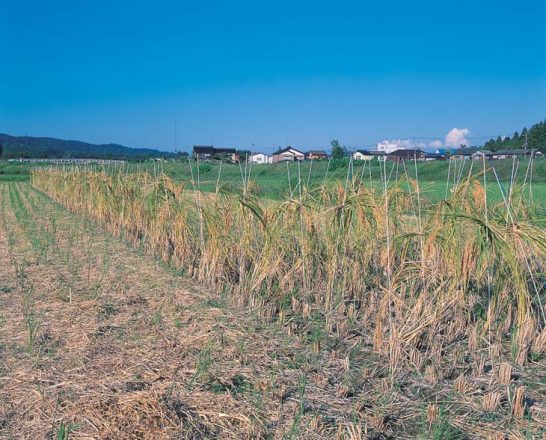
It immediately joined forces with the agricultural cooperative Narumi Nosan to produce the fantastic glutinous rice and started cultivating it. The revival project, which started with just two rows, began with increasing the number of seeds.
At the time of discovery, Taisho rice cake seeds were mixed with 'Kogane Mochi' seeds, and it was impossible to distinguish between the two without planting them. Therefore, the first step was to plant the rice and wait for the harvest season to arrive. As Taisho rice cakes are harvested later than Kogane-mochi, the yellow-coloured Kogane-mochi were harvested first. They then tried to harvest the remaining Taisho rice cakes. However, the Taisho rice cakes, which are 20-30 cm taller than the Kogane-mochi, could not bear the weight of the ears and fell over, requiring individual support.
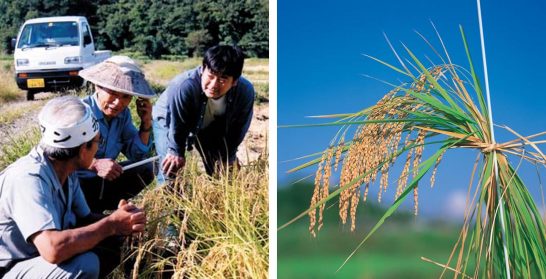
Cultivation of this fantastic glutinous rice, which disappeared because it was "too time-consuming to cultivate", was a continuous process of hardship. After five years of repeated cultivation, in 2005, NARUMI Nosan and the company, after much creativity and ingenuity, selected only the best quality rice from among those harvested, and grew it again for another year. Finally, Taisho rice cakes were revived! We have reached the point of commercialisation.
Resurgence is with the local people.
The year 2005, when the product using Taisho rice cakes was completed, was also the year that the Eguchi Dango General Store opened, having achieved the 'revival of an old house' that Eguchi Dango had dreamed of as well as the fantastic glutinous rice. The product using Taisho rice cakes, which added a touch of glamour to the opening of this old house revival shop, is the Mukashi Botamochi. The nostalgic taste has been revived based on the concept of old-fashioned handmade products, just like the ones made by grandmothers.
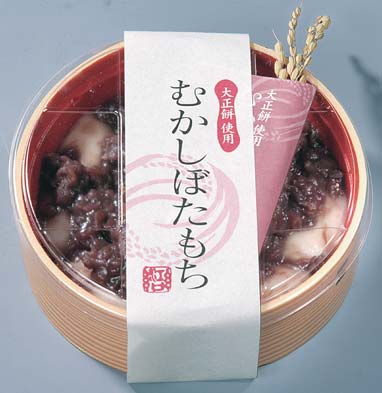
There is another episode behind the commercialisation of the product.
It was through the involvement of customers that the Taisho Rice Cake Revival Project was promoted. Starting with the 2005 Taisho rice cake, which was the first commercialised Taisho rice cake, the public was invited to participate in glutinous rice production.
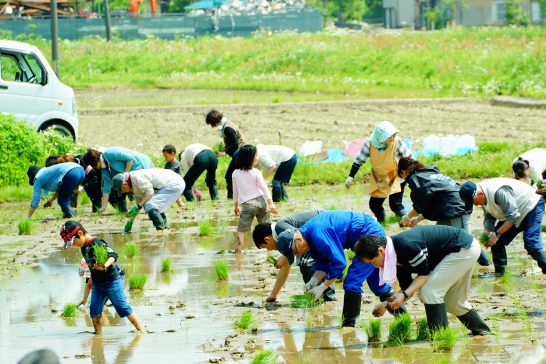
By getting them involved in making glutinous rice, they would learn about the difficulties and the fun of handmade products, and by working together, they would be moved together. The idea was to give them such an experience. The Taisho Rice Cake Revival Project entered its 12th year in 2016 and continues to expand the circle of people involved.
Fans come from outside the prefecture! Taisho rice cake fans are expanding.
Taisho rice cakes, filled with so much thought, are currently sold at Eguchi Dango as Mukashi Botamochi, cut rice cakes "Kine-tsuki Taisho rice cakes" and fresh cream Daifuku. As the harvest is limited, the products harvested in October are so popular that they are sold out as early as the following summer. The Taisho rice cakes (cut rice cakes) harvested in 2008 will soon be finished!
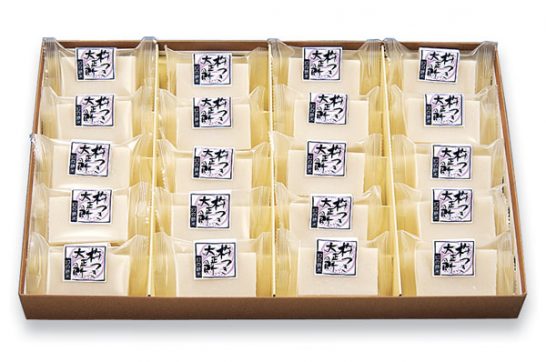
In the future, Taro Eguchi, the fourth generation owner, says: "I want to increase the area planted and produce 100% Taisho rice cakes. He said he wants to preserve the variety that has been popular since ancient times and pass it on to the next generation. Eguchi Dango continues to preserve the good old ones. Why not visit the head office in Miyamoto, Nagaoka City, to enjoy the beautiful satoyama scenery and enjoy their excellent wagashi?
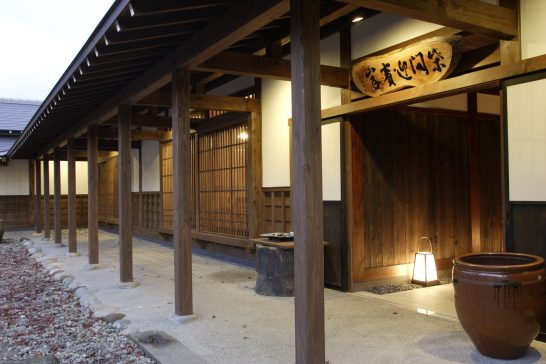
Shop information
Eguchi Dango Honsen
- Address: 52-1 Miyamoto Higashikata-cho, Nagaoka City, Niigata Prefecture
- tel: 0258-47-4105
- fax: 0258-47-4100
- URL:http://www.e-dango.com/
advertisement


